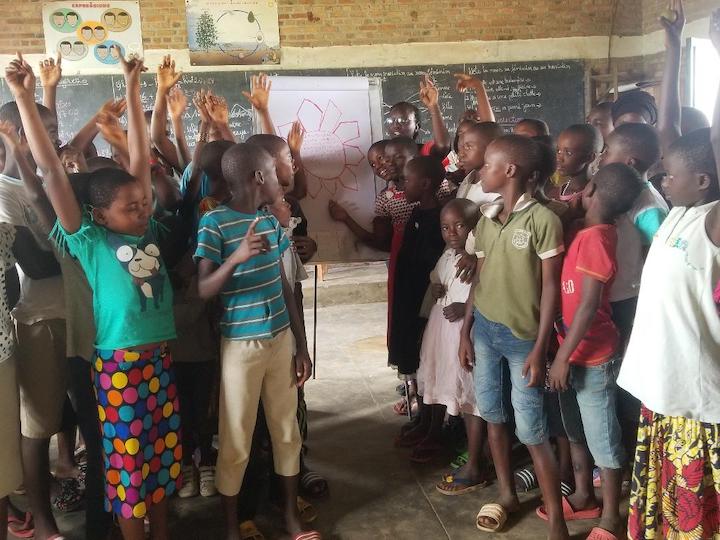Stigma and lack of providers prevent access to care; early intervention is important. As this map shows, there is not a single state with enough resources to meet the population’s mental health needs, and in 2021, the American Academy of Pediatrics, the Children’s Hospital Association, and the American Academy of Child and Adolescent Psychiatry declared a national emergency of the mental health crisis among children.


Children
Hope is a crucial resource for children as it plays a fundamental role in their overall development and well-being, as hope instills a positive outlook, providing children with the belief that they can overcome challenges and achieve their goals. In children, hope can lead to:
- Decreased negative emotions
- Decreased suicidal ideation.
- Decreased anxiety and depression.
- Increased emotional control.
- Increased social support seeking.
- Increased resilience.
- Increased emotional insight and awareness.
- Increased confidence and self-belief.
- Increased ability to cope with stressors.
Teens
Every teen has a moment of hopelessness, whether it’s due to a bad grade, fight with friends, or not makng a team. We must equip our teens with the skills to proactively manage these moments of hopelessness to prevent persistent hopelessness and the adverse outcomes that come along with it. By equipping our teens with the skills on how to hope, we are setting them up for success early on, as higher higher can lead to:
- Increased GPA; hope predicted objective academic achievement above intelligence, personality, or previous academic achievement.
- Increased productivity, resiliency, and health.
- Increased athletic outcomes beyond the athlete’s training history, self-esteem, confidence, and mood.
- Decreased risk of suicide
- Hopelessness is the single predictor of suicide, and suicide is the 2nd leading cause of death in teens and young adults.
- Decreased chance of risky behaviors (e.g., unprotected sex, self-harm, reckless driving, cigarette and alcohol use, etc.).
- Decreased loneliness.
- Decreased risk of violence; hopelessness is the only consistent predictor of violent behaviors in adolescents, and the only predictor of gun violence is a history of violence.




